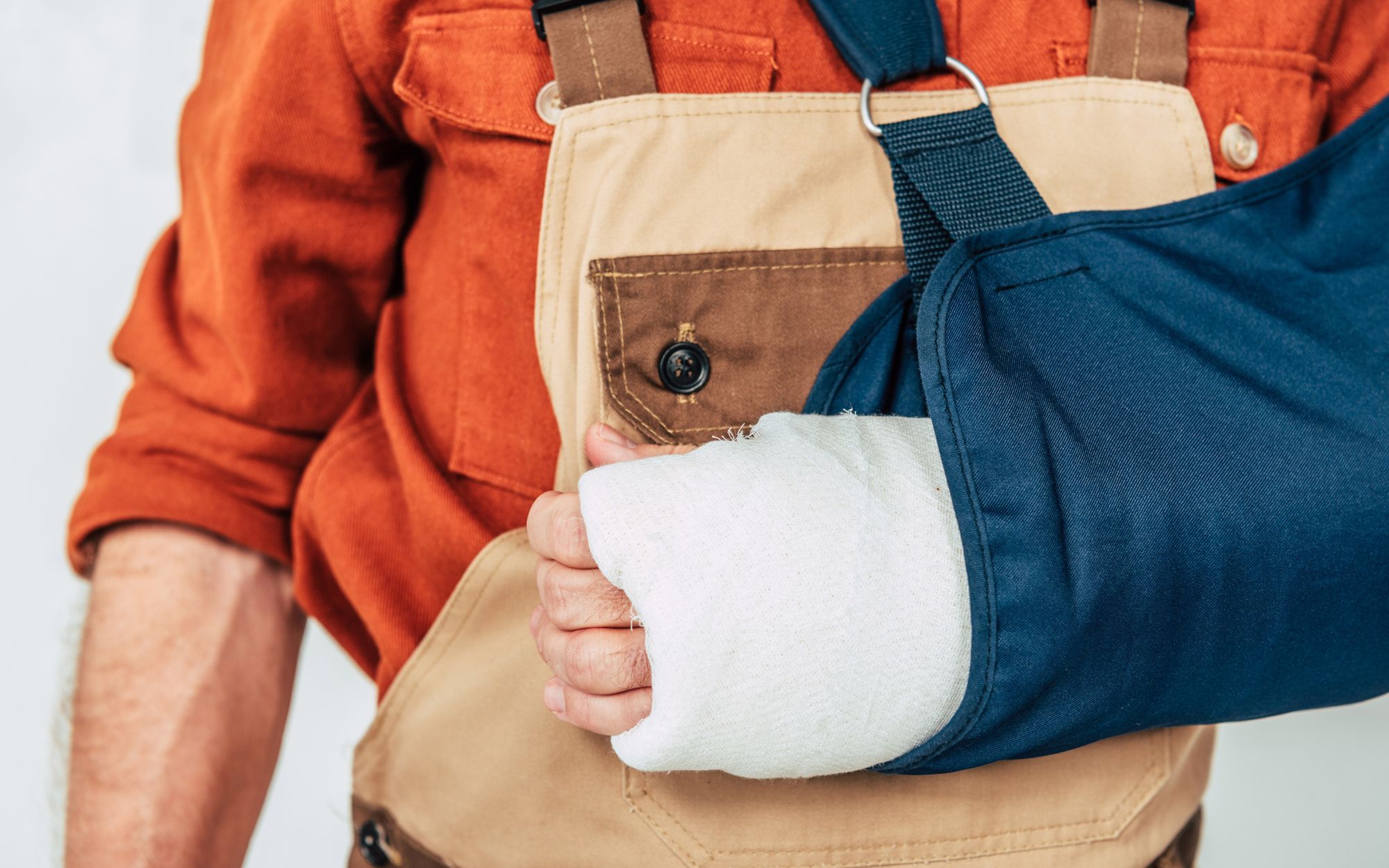Safety programs and employee training are the most important pieces of the puzzle when it comes to incident and accident prevention on the job. This is especially true in the construction industry, where the nature of the job makes workers more vulnerable to injuries.
While every employee should know the safe way to execute their assigned tasks and how to avoid potential hazards, the unfortunate truth is that regardless of the amount of preparation, some incidents simply cannot be avoided. Thus, general contractors and safety directors at construction firms must know the immediate next steps to take—or risk further impact to the injured worker and the organization.
Assess safety first
Employee safety should always be the top priority. If an employee does get injured while on the job, first getting them to a safe place and then calling the appropriate medical professional is imperative. Whether it’s calling 911 or an onsite medic to assess and treat the injury, this should be the first step for anyone working on a construction site.
Once the injured employee is taken care of, ensure the jobsite is safe for the other employees working on the project. If the injury was caused by or involved a piece of equipment, this means removing it from service until further notice—or sometimes indefinitely, if it is warranted. In severe cases, the contractor may consider deploying stop-work procedures for the entire job site or sending all employees home for the day.
Document and investigate incident
The contractor should begin a thorough investigation of the incident, starting with documentation of what happened and taking photographs of the area where the incident occurred after appropriate care is provided to the injured worker. If there are any witnesses, they should be interviewed to provide a statement on what happened and any observations. Make note only of the facts from these witnesses to avoid any opinions making their way into the incident report, which could be part of discovery in a potential lawsuit. It is also a good practice to write down the names and contact information of the witnesses in case any questions come up during the claims and workers’ compensation process, which can often span the course of a few years.
A small but important part of the investigation should include taking note of any opportunity to transfer risk. For example, if an injured worker was climbing on a ladder and the ladder malfunctioned, causing the worker to fall, the investigation report should include information about the ladder’s manufacturer and if the ladder belonged to another contractor working at the jobsite.
Another common scenario is transferring risk from a general contractor to a subcontractor (and then, possibly, to a subcontractor’s subcontractor), so gathering and reviewing contracts should always be part of this process, as well. It’s important to note that addressing risk transfer is not intended to be part of the immediate response plan for those onsite, but to be later determined by company owners and office staff.
It’s easy to overlook certain details when overwhelmed with an emergency situation, but the more that is documented, the better prepared the company will be when it comes to filing a workers’ compensation claim or defending a liability claim.
File a claim within 24 hours
Contractors should report workers’ compensation claims within 24 hours of the incident. When filing a claim with the insurance company, a good first step is to let the insurance broker know of intention to file. A broker can help ensure no stone goes unturned and all the necessary documentation is gathered, including details like the employee’s hire date, position title and wage information.
Depending on the incident and level of severity, the broker may engage outside resources such as attorneys, an accident reconstructionist or other services, if appropriate. In addition, they can advise on reporting requirements mandated by the Occupational Safety and Health Administration and assist the insured with handling an OSHA investigation and the response to OSHA if fines/penalties are levied. The broker may also aid in the more technical aspects of filing a claim, such as using the correct codes to classify employees according to state insurance department regulations.
Support employee’s road to recovery
What happens after a claim is filed is often dictated by whether the organization has established a culture of safety. Companies that live and breathe their commitment to creating a safe work environment and taking care of employees in the event of a jobsite injury will be better positioned throughout the workers’ compensation process.
Safety directors at these companies communicate with the injured employee about the situation, encouraging them on their road to recovery with the goal of getting them back to work as soon as the time is right. When an employee feels supported by the organization, they are more likely to be cooperative and feel empowered to work again, even after facing an injury as a result of the job. Alternatively, when an injured employee retains an attorney, this typically increases the dollar value of the claim for the employer and the insurance carrier.
The best thing a company can do before they’re faced with a worker injury is to promote and support a robust safety culture. In addition, a company should ensure every employee understands that taking care of its people and working in their best interest to get them back to work safely and quickly is a priority, therefore creating better outcomes for all stakeholders.






